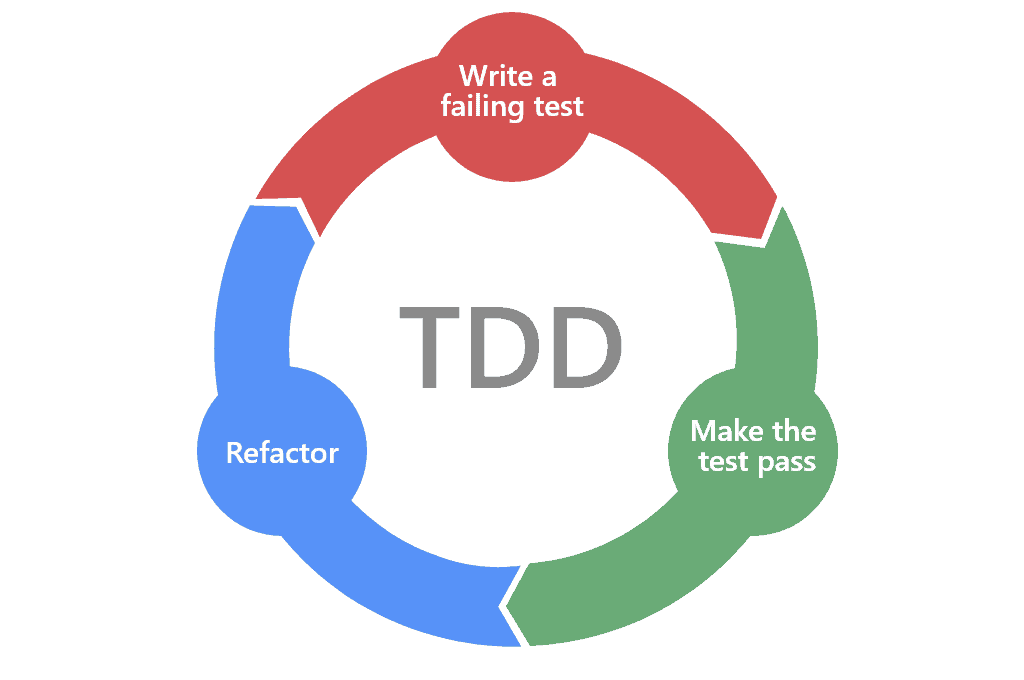Unit tests and Test-Driven Development
In the realm of software development, ensuring the quality and reliability of code is paramount. Unit tests and Test-Driven Development (TDD) are two powerful techniques that have revolutionized the way developers approach writing robust software. These practices, often referred to as programmer tests, enable developers to validate and enhance the internal quality of their code, leading to more efficient development processes and better software products. This article delves into the concepts of unit tests, component tests, and TDD, highlighting their importance in achieving high-quality code.
Unit Tests: Ensuring Functionality on a Microscopic Scale
At the heart of modern software testing lies the concept of unit tests. A unit test is a small-scale verification process that evaluates the behavior of a specific component of code, such as an object or a method. This approach allows developers to isolate individual units of code and ensure they perform as intended. By meticulously designing and executing these tests, developers can catch defects and anomalies early in the development cycle, preventing them from escalating into more complex issues.
Unit tests are often automated using tools like those belonging to the xUnit family. Automation streamlines the testing process, enabling developers to run tests effortlessly and frequently. The tests themselves are written in the same programming language as the application, ensuring a seamless integration between the testing environment and the codebase. While these tests might not be easily understood by business experts, their purpose is not to communicate with customers but to serve as a robust means of internal quality assessment.
Component Tests: Evaluating Larger System Behaviors
Beyond unit tests, component tests provide a broader perspective on system functionality. These tests examine the behavior of larger parts of the software system, typically involving groups of classes that collaborate to deliver a particular service. Component tests are crucial for detecting issues that might emerge when different units of code interact with each other. By verifying the correct functioning of these components, developers can ensure the overall stability and coherence of the system.
Similar to unit tests, component tests are automated using tools like xUnit, contributing to an efficient and systematic testing process. These tests, often referred to as programmer tests, serve as a bridge between code development and its validation. They empower developers to assess the internal quality of their work, a concept championed by Kent Beck, thereby promoting a culture of continuous improvement and code refinement.
Test-Driven Development (TDD): Designing with Confidence
Test-Driven Development (TDD) is a development methodology that places tests at the forefront of the coding process. In TDD, developers write tests for the desired functionality before actually writing the code itself. This approach encourages a more thoughtful and deliberate design process, as developers must first envision the desired outcomes and behaviors of their code.

The TDD process begins with writing a failing test that captures the expected behavior of the code. This test serves as a blueprint for the subsequent development process. As developers work on the code, they iteratively modify and enhance it until the test passes successfully. This cyclical approach fosters a deep understanding of the code’s purpose and functionality, while also reducing the likelihood of introducing unintended changes.
TDD’s impact extends beyond the immediate development cycle. It enables developers to focus on creating modular, maintainable, and loosely coupled code, as they continually validate their design decisions through testing. This not only enhances the internal quality of the software but also minimizes the chances of regressions and defects in the future.
Benefits of Programmer Tests
The adoption of unit tests, component tests, and TDD brings forth a myriad of benefits that contribute to the overall success of a software project. One of the primary advantages is the early detection of defects. By catching issues at the unit and component levels, developers can prevent the propagation of bugs throughout the system, resulting in a more stable and reliable product.
Moreover, programmer tests facilitate rapid feedback and promote a culture of continuous integration and continuous deployment (CI/CD). Automated tests can be seamlessly integrated into the development pipeline, allowing for immediate validation of changes with each code check-in. This real-time feedback loop empowers developers to address issues promptly and make informed decisions regarding code improvements.
Additionally, the use of programmer tests enhances the codebase’s maintainability and refactoring capabilities. As code evolves, the safety net provided by comprehensive tests gives developers the confidence to refactor, optimize, and restructure without the fear of breaking existing functionality. This promotes a dynamic and adaptable codebase that can evolve in response to changing requirements and technological advancements.
Conclusion
Unit tests and Test-Driven Development (TDD) are essential tools in the modern software developer’s toolkit. By focusing on internal quality and continuous improvement, these practices empower developers to craft robust, reliable, and well-designed code. Through meticulous testing and deliberate design, developers can catch defects early, streamline development processes, and create software that is adaptable and maintainable. As the software development landscape continues to evolve, the adoption of programmer tests remains a critical factor in ensuring the success and longevity of software projects.




